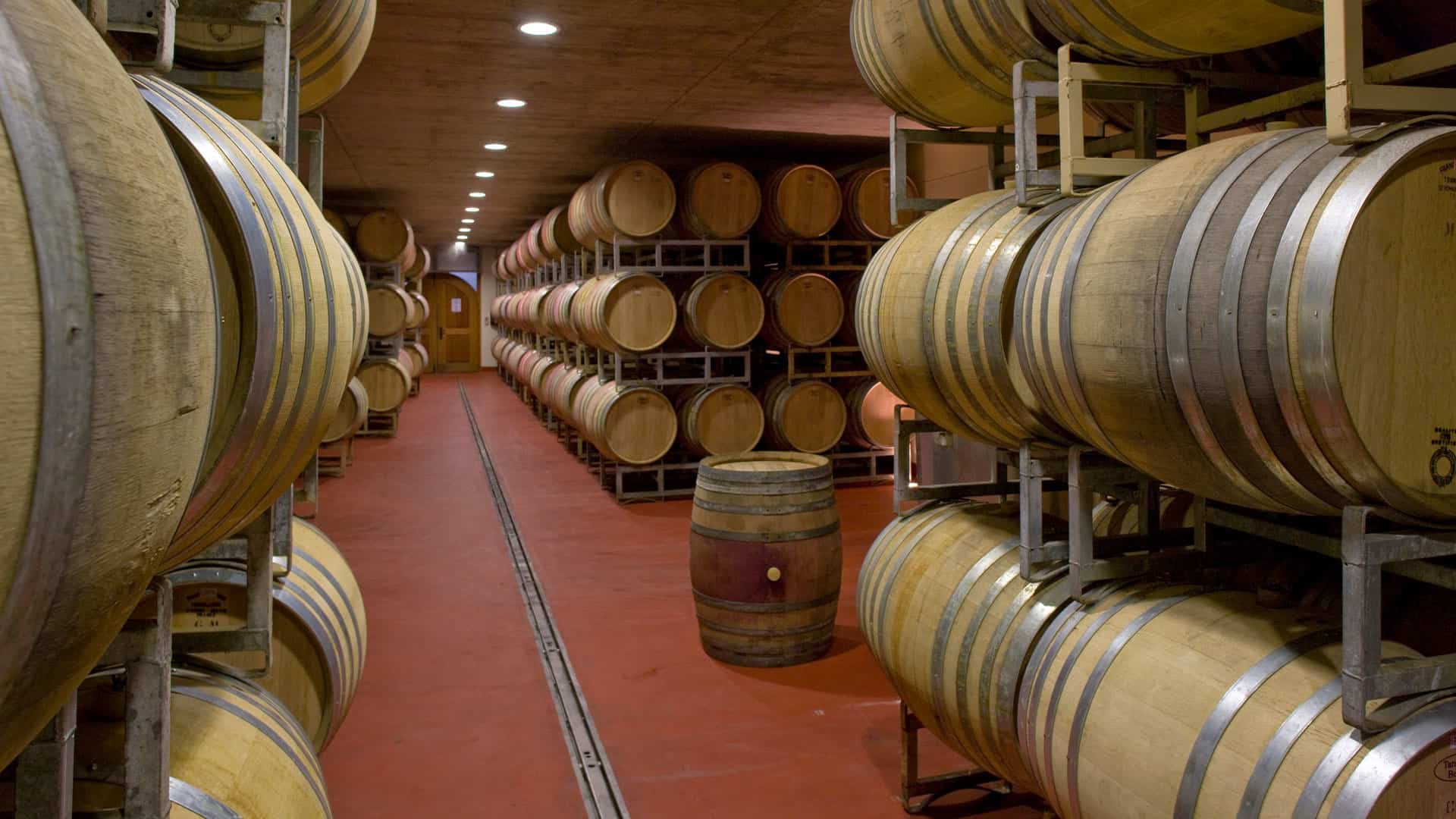The term “nose” is used in the wine world to describe the scent or aroma of a wine.
It refers to the olfactory experience that occurs when smelling the wine.
The nose of a wine is an important aspect of wine tasting, as the sense of smell is closely linked to the sense of taste and helps to perceive complex flavors and nuances in the wine.  The term “nose” is used both for the taster’s sense of smell and as a synonym for the smell of wine itself.
The term “nose” is used both for the taster’s sense of smell and as a synonym for the smell of wine itself.
It simply sounds nicer than assigning an odor to the wine.
The word “smell” tends to have a negative connotation, as smells have a predominantly negative connotation, whereas aromas are predominantly attributed to pleasant smells.
As a result, the term aroma is often used alongside the term nose, even though both ultimately refer to the smell of the wine.
And when we talk about a large nose, we are of course not referring to the true size of the human organ.
Rather, what is meant is that it is a strong and intense smell or fragrance.  The nose of a wine can encompass a wide range of aromas and scents, ranging from fruity and floral to spicy, earthy or even animal.
The nose of a wine can encompass a wide range of aromas and scents, ranging from fruity and floral to spicy, earthy or even animal.
Each wine has its own characteristic aromas, which are influenced by various factors, including the grape variety, climate and soil conditions, winemaking techniques and ageing.  When tasting a wine, the nose is often considered in four stages:
When tasting a wine, the nose is often considered in four stages:
- The first nose (“le premier nez” in French), which focuses on the aromas perceived immediately after the wine is poured.
- The second nose, where the wine stays a little longer in the glass and further aromas can develop.
- The third nose, where the wine is smelled again after swirling the glass to reveal any hidden or more subtle aromas.
- The fourth nose, in which the last olfactory impressions are gained by smelling the empty glass.
They can confirm earlier impressions or strongly persistent aromas can only now be clearly expressed.
The fourth nose is also often used to definitively determine whether a wine has been matured in barrique barrels.
 The nose of a wine can help provide information about the wine’s level of maturity, its complexity, its freshness and its potential evolution over time.
The nose of a wine can help provide information about the wine’s level of maturity, its complexity, its freshness and its potential evolution over time.
However, it is important to note that the perception of the nose is subjective and can vary from person to person.
Everyone has their own sensations and associations with certain aromas, so the description of a wine’s nose can vary from taster to taster. 

